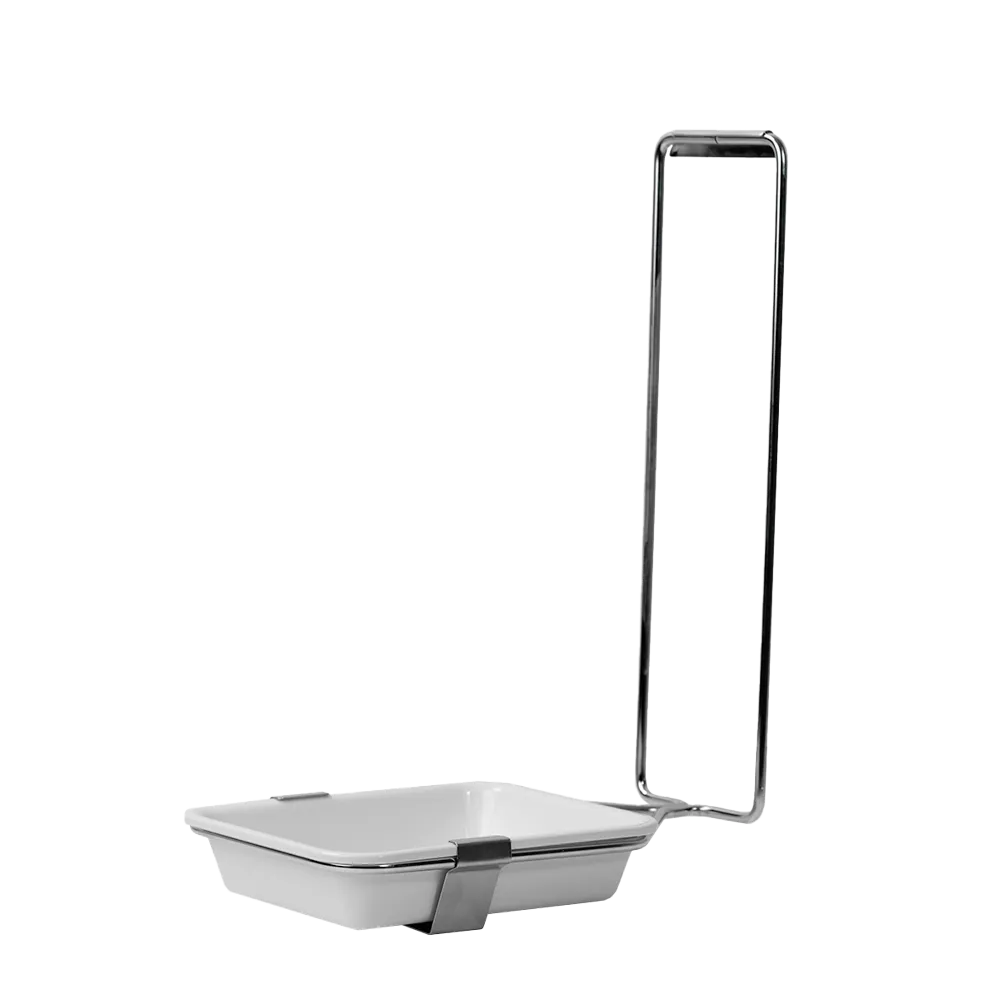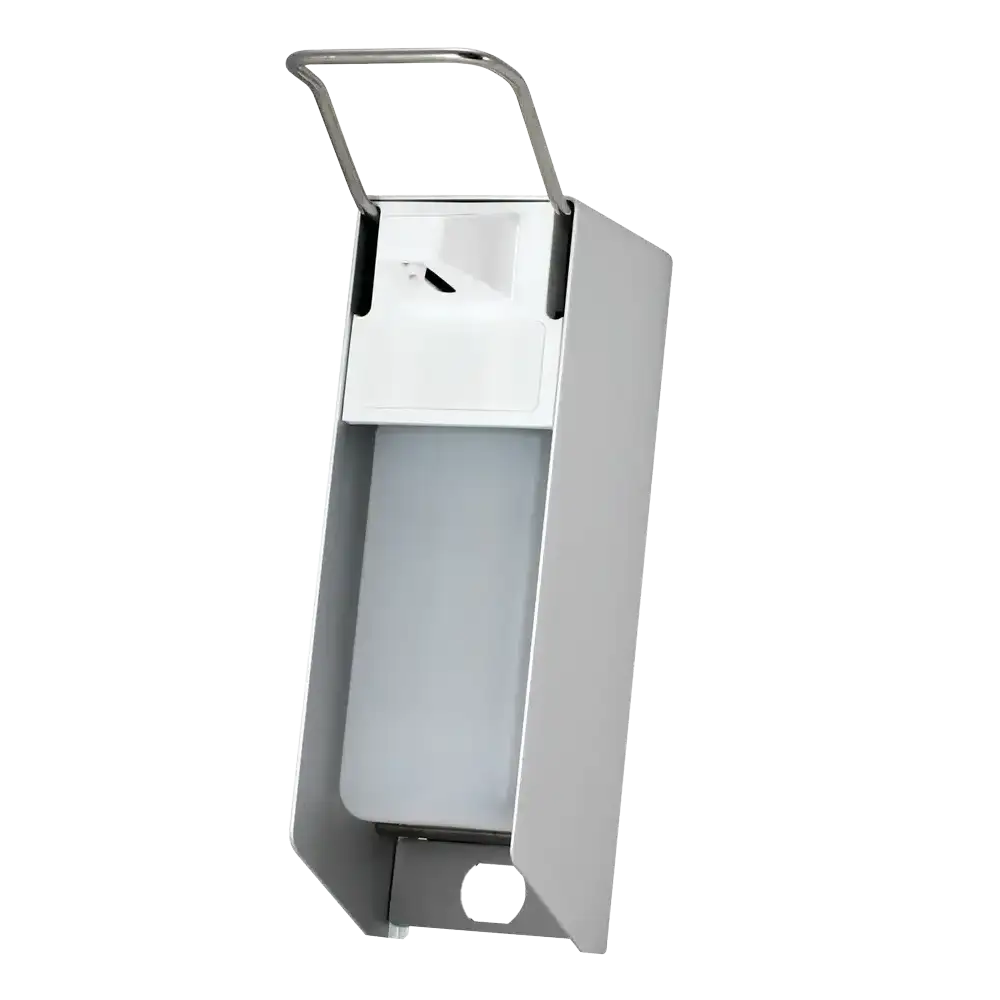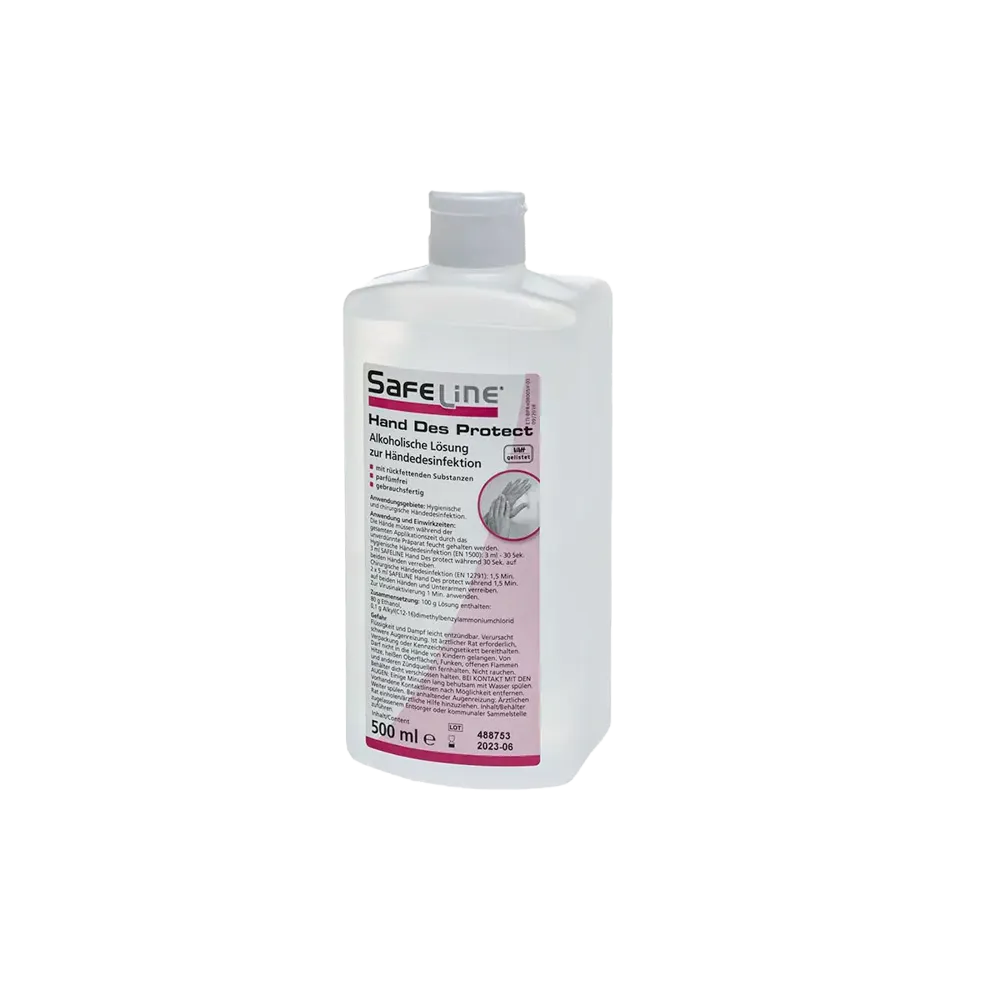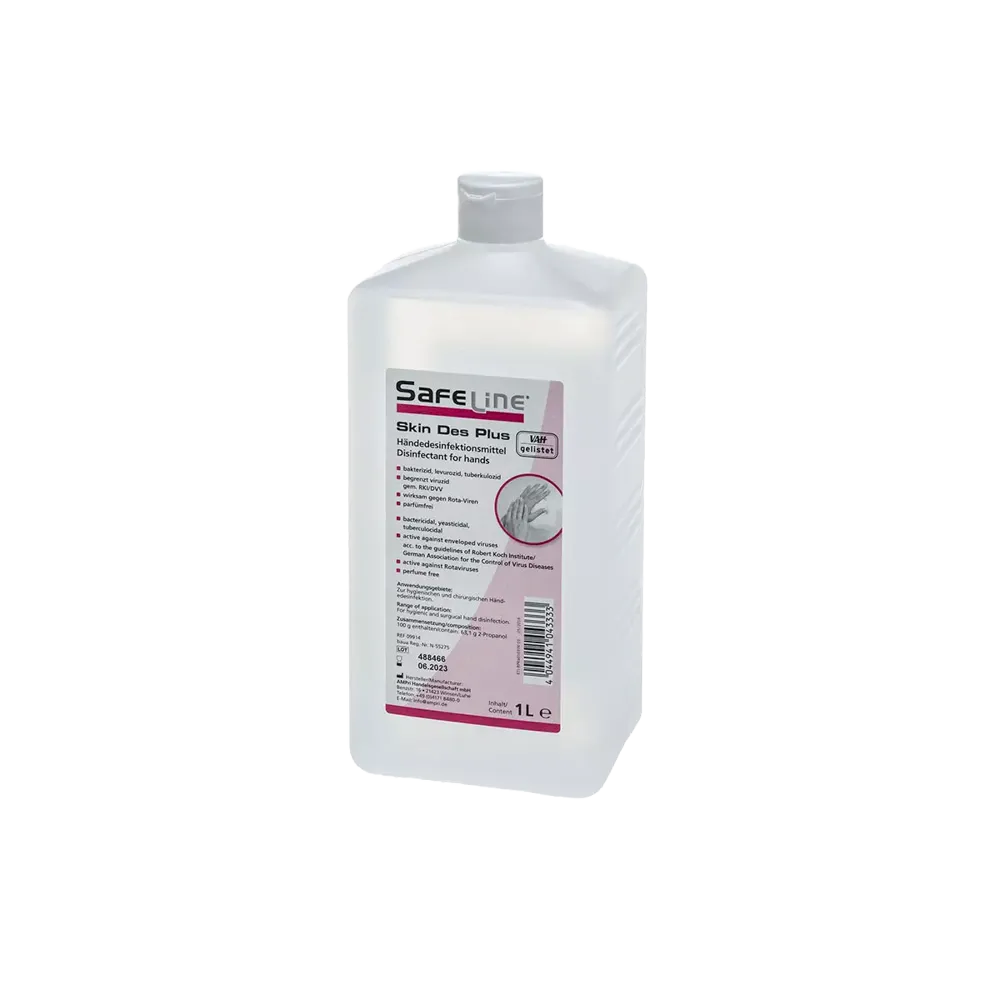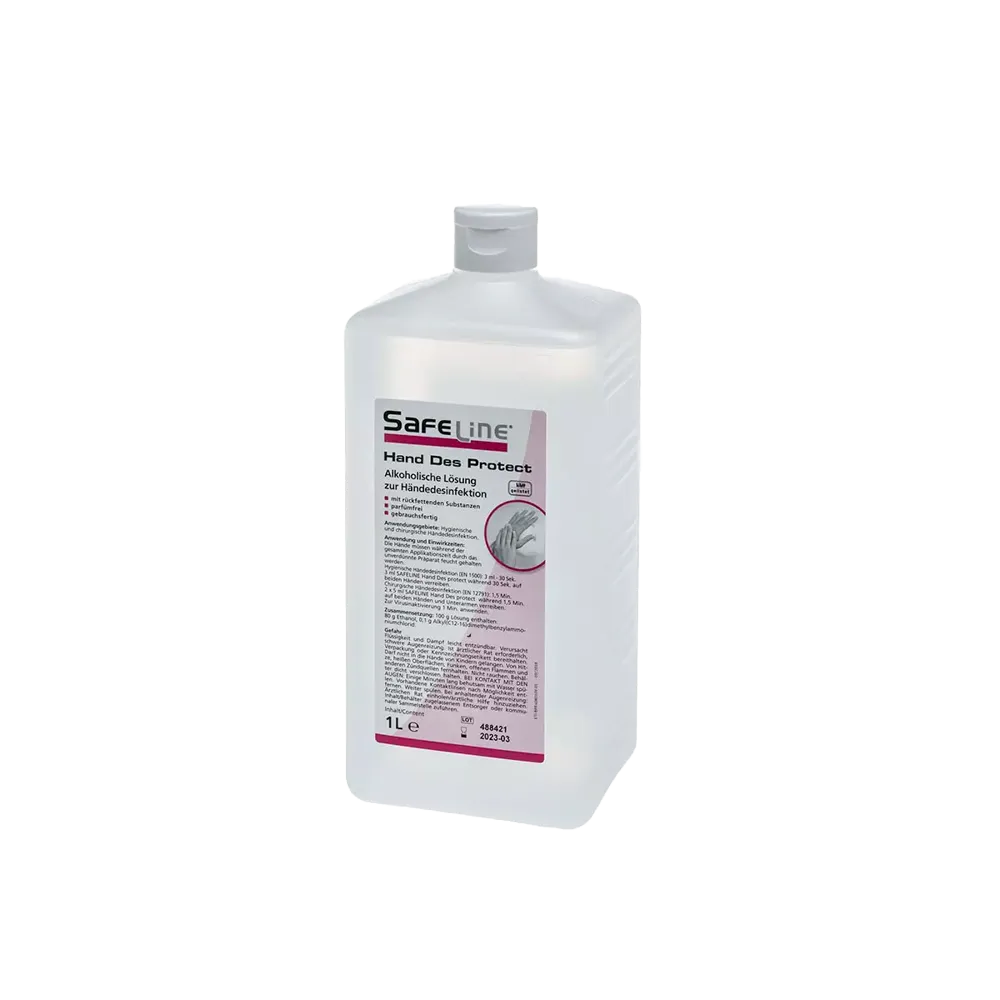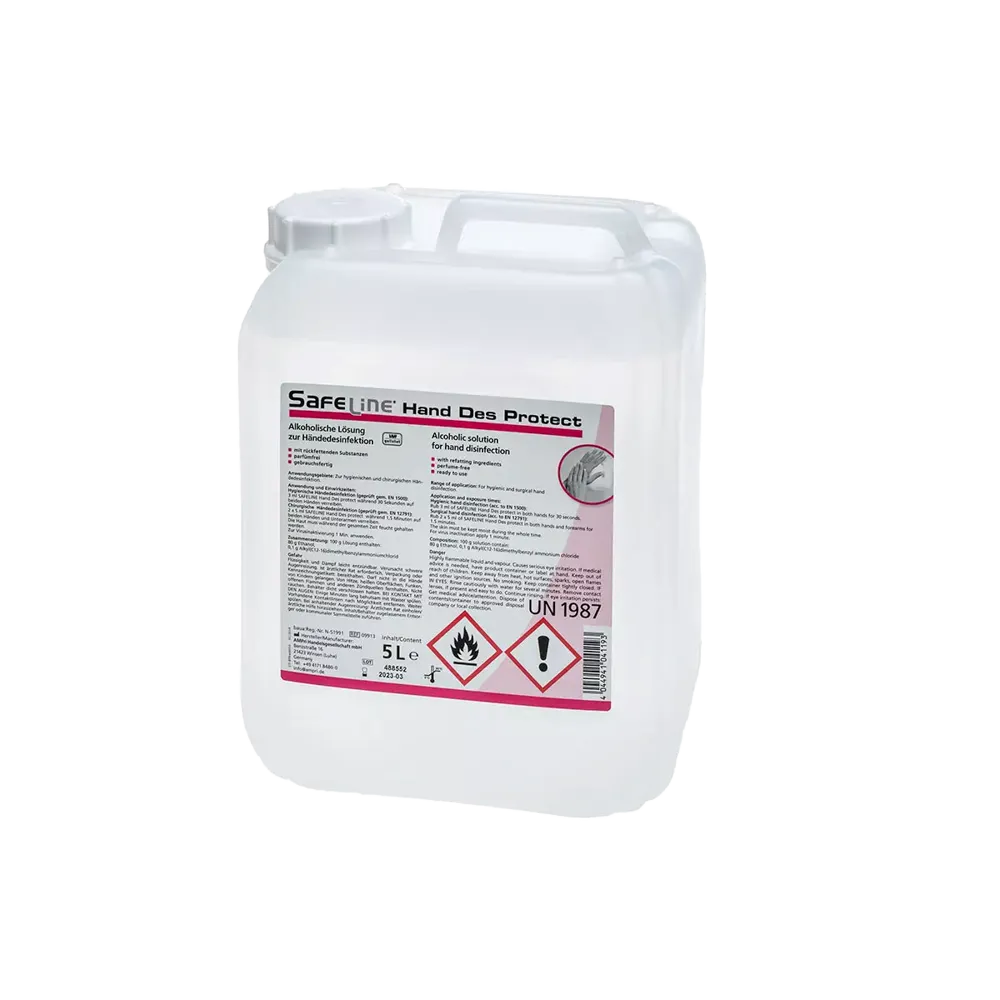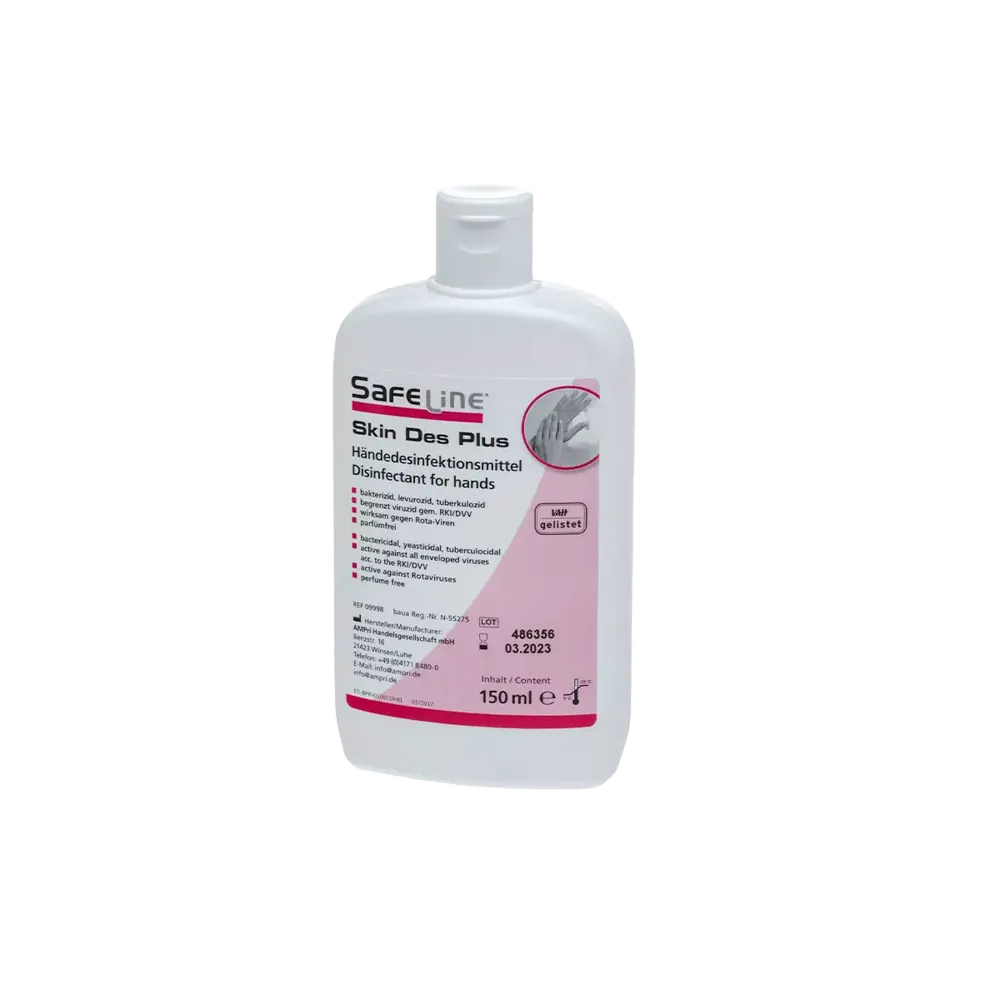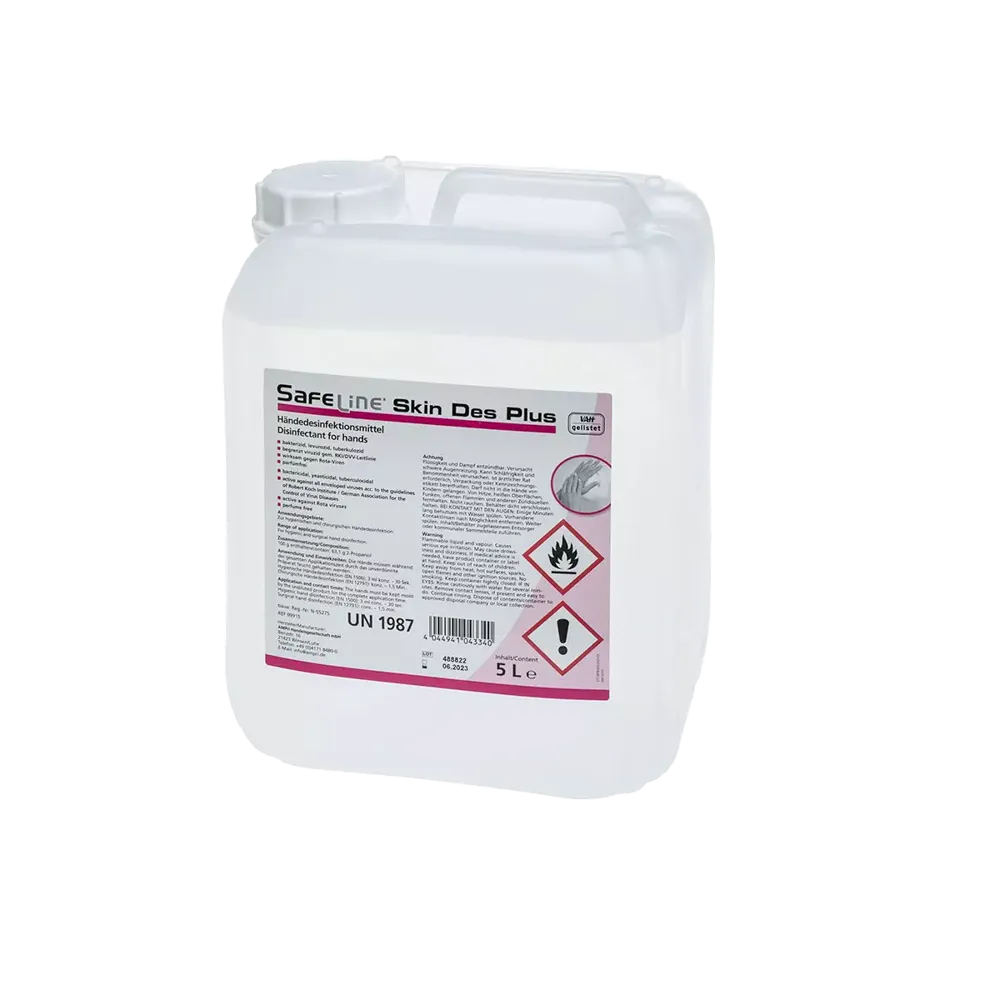- Item number: 09905
- Manufacturer: Lieferant
- Brand: Safeline
- Used for: Hand disinfection
- Material: Liquid
- Special properties: aldehyde-free, phenol-free, bactericidal, levurocidal, tuberculocidal, effective against reda viruses and fragrance-free
- Complies with standards: EN 1500 and EN 12791
- Ready to use
09905, Hand disinfection liquid from Safeline
This liquid is easy to use: simply apply it to your palms and distribute it evenly. The product complies with the EN 1500 and EN 12791 standards for hygienic and surgical hand disinfectants, making it excellent for use in hospital wards and operating theatres.Additional positive properties
The hand disinfection liquid is suitable for wide use in general medical fields, hospitals, body-related services and industry. It is also comfortable to use, as it is fragrance- and aldehyde-free. You should not skimp on disinfectant; always make sure to use a sufficient amount. Approximately three millilitres are needed, which is equivalent to two to three pumps. This is the only way to completely moisten the hands. Then spread the disinfectant all over your hands for 30 seconds.
How do you disinfect your hands properly?
Hand disinfection is vital for stopping infections from spreading and preventing pathogens from being passed on. That's why it's crucial to always disinfect your hands correctly – both before and after treating a patient.The 5 indications:
- Before having contact with a patient.
- Before aseptic treatments.
- After contact with material that might be infectious.
- After contact with patients.
- After contact with a patient's direct surroundings.
How should you proceed with surgical hand disinfection?
People who work in medical operating theatres must always disinfect their hands before all invasive procedures to protect patients from the spread of pathogens. For this purpose, a suitable disinfectant or a special hand wash is used. Staff should operate the disinfectant dispenser with their elbow and spread the disinfectant on their hands and forearms. The exposure time of the disinfectant depends on the instructions provided by the manufacturer in question and is generally between three and five minutes.It is imperative to proceed according to the 'rule of 3' here:
- First minute: Use the disinfectant to clean hands and forearms up to the elbow.
- Second minute: Focus on the surface of the glove and thoroughly disinfect the hand area (fingers, palms and wrists).
- In the third minute: In the final phase, special attention should be paid to disinfecting the tips of the fingers, nail folds and spaces between the fingers.
By the way: The approach of scrubbing the skin with brushes, which used to be standard practice, has become obsolete because of potential micro-injuries. However, you need to keep your fingernails short and always disinfect them and your nail fold with a soft, germ-free nail brush before the first procedure of the day.

